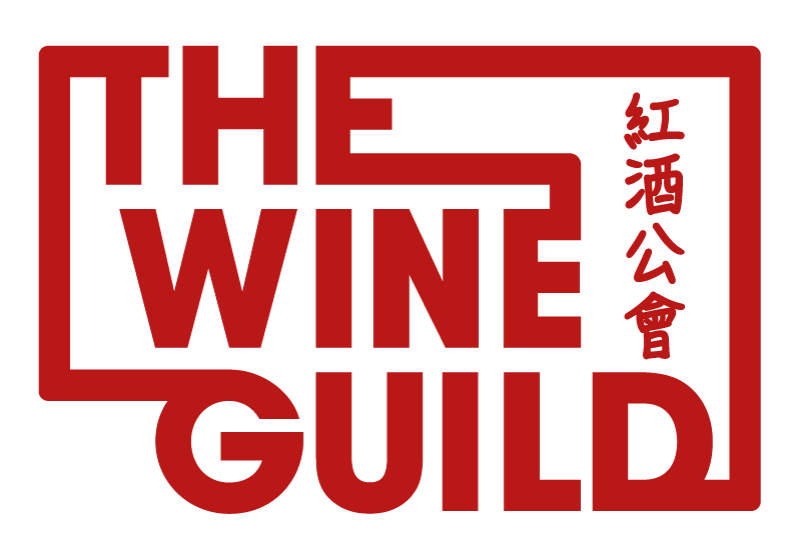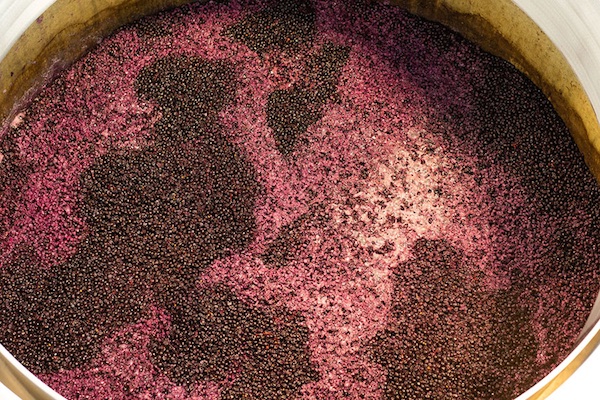Protip
What is minimal intervention wine?
To make it simple, minimal intervention means winemaking that doesn’t add or remove anything at the cellar, the idea is to simply turn grapes into wine with as little interference from the winemaker as possible.
Usually developed in conjunction with Organic practices at the vineyard, it makes more sense for the winemaker to rely on naturally occurring yeast colonies found on grape skins (rather than selected / commercial yeasts).
One common practice to preserve the wines naturally and reduce the total amount of sulfites (used to stabilise / sterilise the wines), is to avoid Oxygen (less steering and less pumping over for example). In this way, the CO2 naturally produced will protect the must.
However the levels of CO2 should be carefully controlled and managed in appropriate levels for the style of wine desired (it could end-up being a little fizzy for example, and a smell of reduction could occur just after opening).
The wines produced and usually fruitier and less tannic.
These wines may as well be less complex and may need a little time to breath but they are way more healthy than the average mass produced wines.

What is Carbonic Maceration?
Carbonic maceration is a winemaking technique that’s applied primarily to light- to medium-bodied red wines to make them fruitier and to soften their tannins.
The whole grapes are disposed in an oxygen-free environment so the berries begin to ferment without yeast at first, changing sugar into alcohol from the inside until they burst and release their juice naturally.
This Technique was developed in Beaujolais (remember the fresh taste of Beaujolais Nouveau??), and it can be used in many variations -at the discretion of the winemaker- depending on what works best for a specific grape variety in order to deliver more fruity and less tannic wines.

